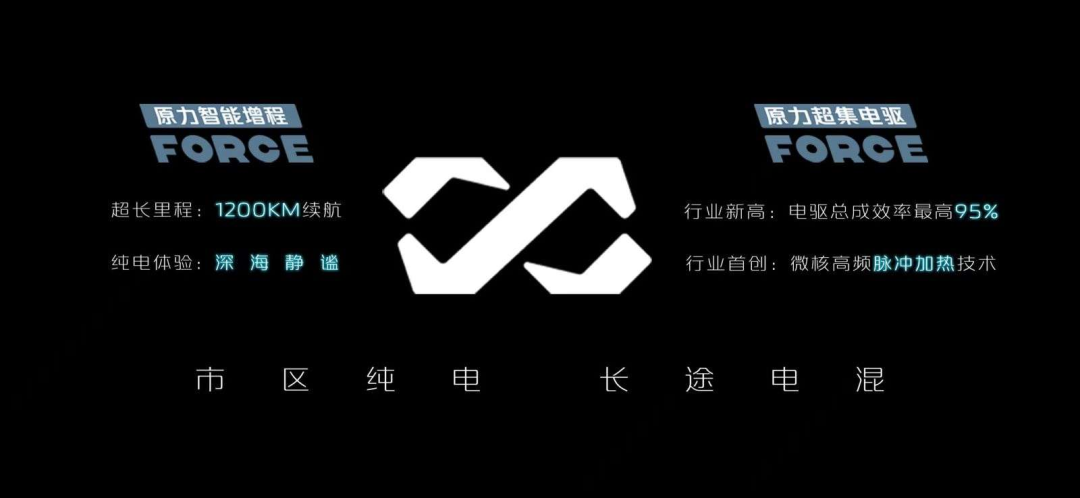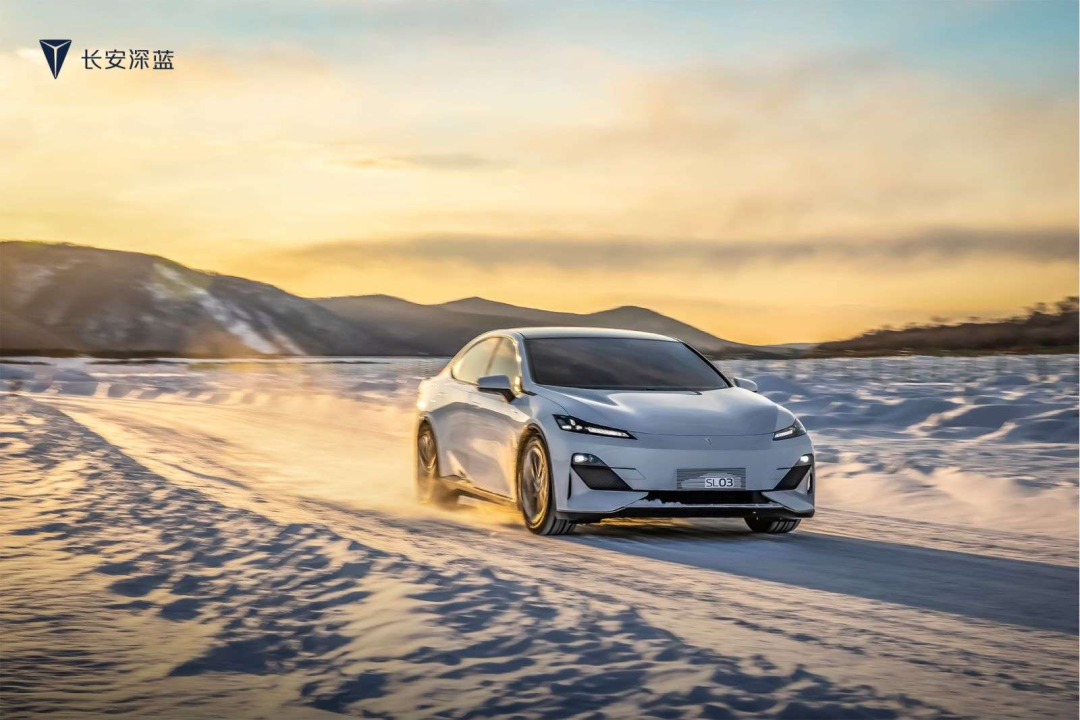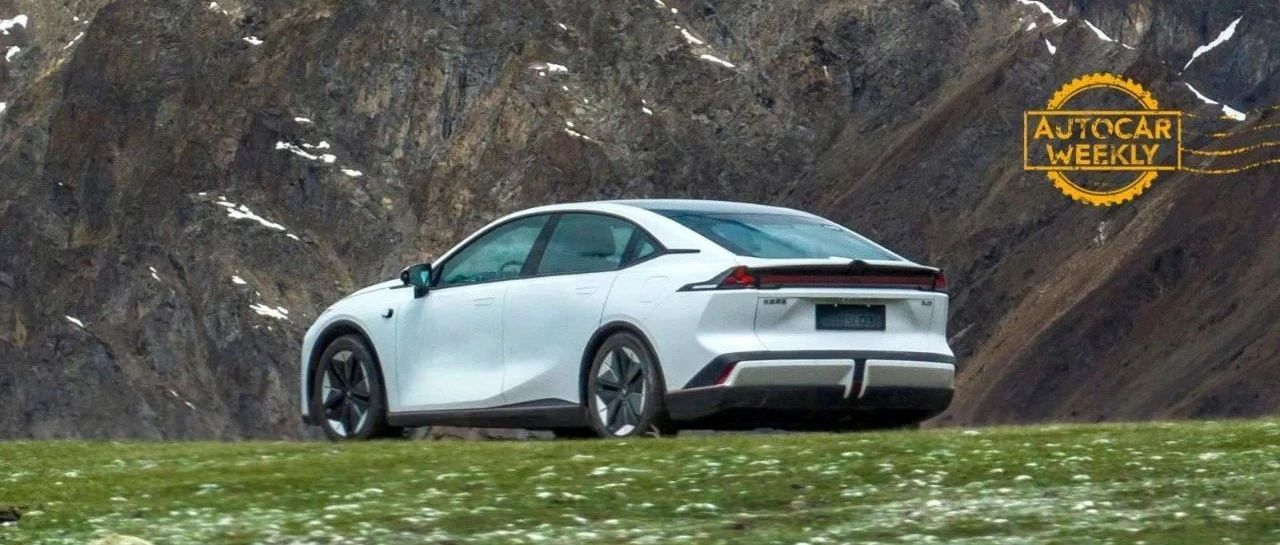Article by Aohuhu
Once upon a time, a “LI ONE” vehicle made the Chinese people understand the meaning of “range extender”: from the misconception of “taking off the pants to fart” to the reality of easily selling over ten thousand units per month. However, for the range extender technology, this is just the beginning.
In addition to LI, the brands like Thunder Power, Weltmeister, and Seres which adopted range extender technology, in the past year, new brands such as NIO, Leapmotor, and WM Motor have also joined the range extender camp. On the other hand, among the domestic automakers, Changan’s new energy-exclusive brand, “blue whale,” has also chosen range extender technology.
The range extender is changing from an exceptional case to a phenomenon and is no longer a lone ranger.
PHEV or range extender, different ways
Starting from around the middle of last year, the DHT PHEV emerged and became the new force of rising new energy share. Thanks to the new generation PHEV based on DHT, BYD, Geely, Great Wall, and other domestic automakers have joined the game.
The range extender seems to have stayed in the background during this process, but it has not disappeared. Since this year, Amid has changed to PHEV as the power source for the second model, Dream Family, which caused doubts from some users. CEO of Changan’s Wei brand and Wanjie also argued about “who is more advanced,” between range extenders and PHEVs on social media.
Blue Whale bets on the range extender, while Changan has just released its technical brand “Force.” According to the explanation of Changan New Energy CEO Deng Chenghao, “PHEV is a solution for ICE (Internal Combustion Engine) to transform towards electrical energy; while range extender is a solution for EV’s mile and charging anxiety.”

Today, DHT PHEV has been given attention again because of the successful landing of DHT hybrid technology of domestic brands. The new generation PHEV based on DHT has transformed PHEVs. However, DHT PHEV is not a panacea. Besides BYD DM-i, other domestic brand DHT PHEVs have not achieved similar success.
From a technical point of view, the core idea of today’s DHT hybridization is series-parallel hybridization, which is essentially the extension and expansion of range extender technology. The magical secret behind turning a series-parallel DHT hybridization into gold is applying the series connection of the range extender.In other words, the “idealists” and the “BYDists” are often considered to represent two major factions of extended-range and plug-in hybrid vehicles. They are in fact two different expressions of the same idea. Ideal and BYD are currently the two breakthrough players in their respective forms. In addition to Ideal and DHT plug-in hybrids, there are brands and products on both sides of the market that have not performed satisfactorily.
At the Changan original force technology conference, Deng Chenghao also answered similar questions: “The extended-range technology route uses a series-hybrid technology, which is originally a direction of hybrid technology route… PHEV is the idea of ICE electrification conversion… REEV (range-extender) is a solution to address the mileage and charging anxiety of EVs.”
Large battery configurations such as DM-i, which are a combination of serial and parallel DHT plug-in hybrids and exclude direct drive capability and direct drive components, are in fact no different from extended-range vehicles. The main difference between the two is whether the internal combustion engine’s direct drive capability is retained. Whether this ability is retained or not can be understood as a balance of “simplification and complexity,” rather than a distinction between “backwardness and advancement.”
Extended-range vehicles have abandoned the direct drive capability of the internal combustion engine as well as the corresponding restrictions and complications. In Deep Blue’s original force intelligent extended-range technology, the internal combustion engine, as the range extender, only needs to optimize the energy efficiency performance of the range extender to realize high efficiency of 1L of fuel generating 3.3kWh, and can achieve fuel consumption as low as 4.5L/100km under feeding conditions.
The range extender is not directly connected to the wheels, achieving NVH (noise, vibration, and harshness) performance infinitely close to that of pure electric vehicles. The internal combustion engine, as the range extender, works mostly under stable conditions, significantly reducing maintenance pressure. Deep Blue has become the first brand in the industry to implement lifetime quality assurance for the range extender.
Theoretically, there should be a disadvantage in the high-speed feeding scenario after removing the direct drive of the internal combustion engine. On the one hand, there are tradeoffs, and most extended-range vehicles will use larger capacity batteries to increase their smoothing ability and reduce the possibility of feeding. For example, the Deep Blue SL03 extended-range version uses a large battery that supports 200km of pure electric range, meeting and covering most daily uses.On the other hand, the rise of electrification is a secondary driving factor behind the shift in people’s demand for private cars from long-distance travel to urban commuting. Over a decade ago, when private cars were just beginning to be popular in China, the main use case was for long-distance intercity travel, such as “going back home,” with a daily driving distance of several hundred kilometers being the norm.
Today, however, the situation has completely changed, with 99% of private cars being used for urban commuting, and a one-way trip of over half an hour being considered a long distance. The destinations for most trips are supermarkets and office buildings within five to ten minutes’ drive. For longer distance travel, people are more willing to take high-speed trains or planes, and stricter fatigue driving management has also limited the use of private cars for long-distance travel.
The greatest advantage of internal combustion engine (ICE) is high-speed cruising at 80-100km/h, while electric drive is best suited for stop-and-go urban driving without idling or fear of traffic congestion. When the priority and importance of private car usage shifts from long-distance and high-speed travel to urban commuting, the weight of ICE in the powertrain naturally decreases, but it has not yet been completely abandoned.
The extended-range hybrid (EREV) emphasizes pure electric drive while retaining the long-distance driving ability provided by ICE to a minimum. For example, the Deep Blue SL03 achieves a pure electric range of 200 kilometers for daily zero-emission and low-cost urban commuting, while still offering a combined range of 1,200 kilometers for long-distance driving, not to mention the possibility of refueling anytime at Sinopec gas stations.
Hybrid and pure electric drive complement each other, and both are necessary for the future. Compared to hybrid with dual motors and transmission (DHT), an EREV has another potential advantage in facilitating the transition to pure electric drive in the future. Since there is no mechanical connection between the range extender and the vehicle drive system, the difficulty of adapting and transitioning to pure electric drive is relatively lower, especially for a newly developed EREV platform.
Whether it’s the Voyah, AITO, Ziyoujia, NETA, Ziyouguang, or Deep Blue, most models with an EREV version also offer a pure electric version. Even Li Xiang, the founder of Ideal, is planning a pure electric product line.
Deep Blue has gone further, offering three powertrain options for the first model, SL03: a range-extended electric vehicle (REEV), a battery electric vehicle (BEV), and a fuel cell electric vehicle (FCEV). Although the market value of FCEV is currently limited, it demonstrates the broad compatibility of the Deep Blue EPA1 platform.BYD, Geely, Great Wall and other independent automakers have chosen DHT plug-in hybrid as their main technology. DHT hybrid technology can also be adapted to the development of HEV or PHEV, depending on the car company’s own choice. Based on DHT technology, HEV and small battery PHEV can achieve low energy consumption and a certain degree of new energy zero carbon travel at relatively low cost.
This model is suitable for faster adaptation to the real environment. BYD DM-i has lowered the entry threshold for DHT PHEV cars to just over RMB 100,000, which is an indispensable contribution to the rapid momentum from last year to this year.
Range extenders need to rely more on lithium batteries due to the removal of direct drive capabilities of the internal combustion engine, and they also require larger battery packs. Range extenders can also develop into HEV models such as Nissan e-POWER, but range extenders are still a much smaller category.
So today’s range extenders mostly refer to large battery range extenders PHEV models such as Ideal, Nio and Deep Blue. The greater demand for battery capacity makes the vehicle structure design more inclined to pure electric platforms; the more flexible internal combustion engine/range extender layout also makes the platform more inclined to pure electric platforms.

As can be seen from the current products on the market, range extenders and pure electric will never be separated. Changan’s original power technology brand also includes Original Power Intelligent Range Extender and Original Power Super Set Electric Drive, both of which are helpful to Changan’s range extender and pure electric vehicle models.
The Original Power Super Integrated Electric Drive is Changan’s working hard to improve the integration of the electric drive system, integrating the motor, motor controller, reducer, charger, DC-DC, DC-AC and high-voltage distribution box. Compared with the popular three-in-one electric drive, the weight and volume of the Original Power Super Integrated Electric Drive are reduced, the efficiency is improved, and the final power density is increased by 37%.
To address the problem of decreased low-temperature performance of pure electric vehicles, Changan has also pioneered the micro-nucleus high-frequency pulse heating technology. This is precisely to take advantage of the “disadvantage” of the increased internal resistance of lithium batteries at low temperatures, and convert it into the “advantage” of high-frequency positive and negative currents that will not affect the safety and service life, quickly switching between positive and negative currents to help the battery achieve rapid self-heating.
As one of the top three domestic giants all the year round, Changan’s approach to new energy is unique. For a veteran manufacturer with a huge foundation in traditional fuel vehicles, the “simplest” way would be to follow the path of other manufacturers, using DHT technology to derive HEV and PHEV models, seizing the market demand for fuel efficiency and environmental protection.
However, Chang’an takes a bigger step towards the future. The new EPA1 platform and its first model, SL03, do not cling to the past of fuel vehicles, nor do they jump directly into pure electric mode. Instead, they focus on the intermediate range of “extended range – pure electric”.
This is based on two seemingly contradictory but actually unified judgments: the trend of new energy electrification is irreversible, but lithium batteries alone cannot fully replace traditional fuel vehicles in the short term. As early as five years ago, Changan saw through the argument between oil and electricity and identified a “best solution” of unity in opposition.
Perhaps because extended-range models are further from traditional fuel vehicles, Changan did not use DHT hybrids as a sub-series like other domestic giants. Instead, it chose to let “deep blue” stand on its own as a new energy brand. Like other start-up manufacturers, “Deep Blue” has already become a brand that does not rely on internal combustion engines.
Therefore, we see the emergence of “Deep Blue” and SL03. Backed by Changan, “Deep Blue” has already planned 6-7 product lines and plans to launch them on the market every six months. Although Changan also has a strong foundation in traditional fuel vehicles, it chooses to take the more difficult “first step” – an action that may not be well understood right now but will benefit the company in the future.
This article is a translation by ChatGPT of a Chinese report from 42HOW. If you have any questions about it, please email bd@42how.com.
